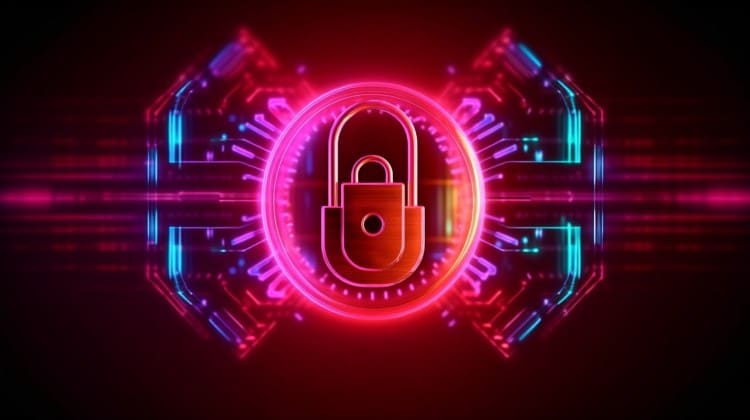Community, Leadership, Experimentation, Diversity, & Education
Pittsburgh Arts, Regional Theatre, New Work, Producing, Copyright, Labor Unions,
New Products, Coping Skills, J-O-Bs...
Theatre industry news, University & School of Drama Announcements, plus occasional course support for
Carnegie Mellon School of Drama Faculty, Staff, Students, and Alumni.
CMU School of Drama
Thursday, February 08, 2024
New Technology Helps Artists Safeguard Their Work Against AI
mymodernmet.com: With the rise of AI, there's been an increasing need for artists to protect their work from the datasets used to train the technology. And with the leak of a list of 16,000 artists used to train Midjourney, there's been an outcry by artists for ways to safeguard their art. Until recently, the most popular method has been to “poison” images so they ruin the dataset.
Subscribe to:
Post Comments (Atom)

4 comments:
This is genius. When I first read the title of this my first thought was how the heck would that work. I love that someone took the time and all of the brain power to create something that is going to protect art. I have written a lot of articles about my frustrations about AI and its use in art and specifically theater. I really enjoyed getting to read about something more positive. I think the way they created this software is really smart and I think it doesn't pull away from the positives that can be presented with AI but also protects those that do not want to have their art stolen or used. I would love to see if this actually becomes popular and is used often or if it is one of those pieces of technology that is too difficult, or expensive to use. I thought the quote saying that they should not have to change their workflow for AI.
I just wrote about how AI creates intellectual property-compromised work so reading about Kin Art was an interesting read. I think it is a smart business move for companies like Kin to create tools for artists and anyone who posts original work on the internet to create solutions to protect what they upload. I feel bad for the article’s listed 16,000 artists who have been used for AI to study the work from. I think it is unfair that AI was allowed to spread without the majority of people’s knowledge through the internet to create it’s huge database because it feels like some violation of privacy. It’s unfortunate that artists will have to pay and use softwares to protect themselves from being copied/replaced by AI commands. I bet bigger companies that are leading in the AI image field will not create these types of protections because they need as much unprotected information as possible to fuel their AI projects.
This is awesome, and I’m so glad that Kin.art was created! For a good while now there have been debates about AI and art, especially where it breaches the copyright realm and crosses the boundaries of ‘borrowing’ in the arts. The idea of how this new platform disrupts the integration of the art pieces into data sets is brilliant, and I definitely agree with the developers that it should be up to the artists to decide if their work should be used to train AI, I hope with this new development they will be able to, and there will be less of an uproar about copyright issues - I hope Kin.art is being properly publicized so it can reach more people. AI is a tool, and can be helpful to some, and others even use it as it’s own art form. However that should be up to the artists themselves, and it shouldn’t take advantage of work of people who don’t want their art to be drawn upon. I’m glad that these developers realized this and have created a solution so that artists and AI can find a common ground.
I currently take a course about AI and the Arts, and we’ve been reading a lot of articles about AI and whether the art it creates is actually art, and how traditional artists have a hard time protecting their artwork. This would be so useful for the artists! I’ve read about other technology developed to protect artists, but this seems like the most useful and easiest for the artist to use. Since its free to use, I would imagine that artists would be willing to take that extra step to upload their art so that AI can’t use it. Kin.art should definitely market more and publicize themselves more so that more artists know about it and protect their art, especially smaller artists, art students, and just all artists. If this can also be used on videos and audios, that would help the industry and further protect artists from AI “stealing” their art.
Post a Comment